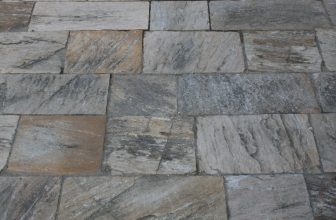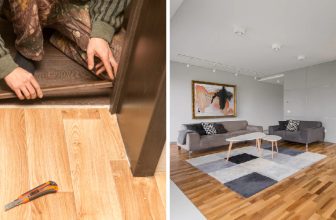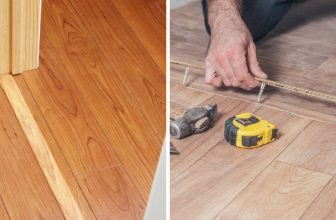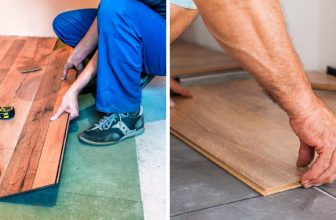How to Remove Floor Leveler
Floor levelers, a key component in achieving a smooth and even floor surface, play a crucial role in various construction and renovation projects. However, there may come a time when you need to remove an existing floor leveler, whether it’s due to a change in flooring plans or the need for repairs. Knowing how to properly and effectively remove a floor leveler is essential to maintain the integrity of your subfloor and ensure a successful flooring transition.
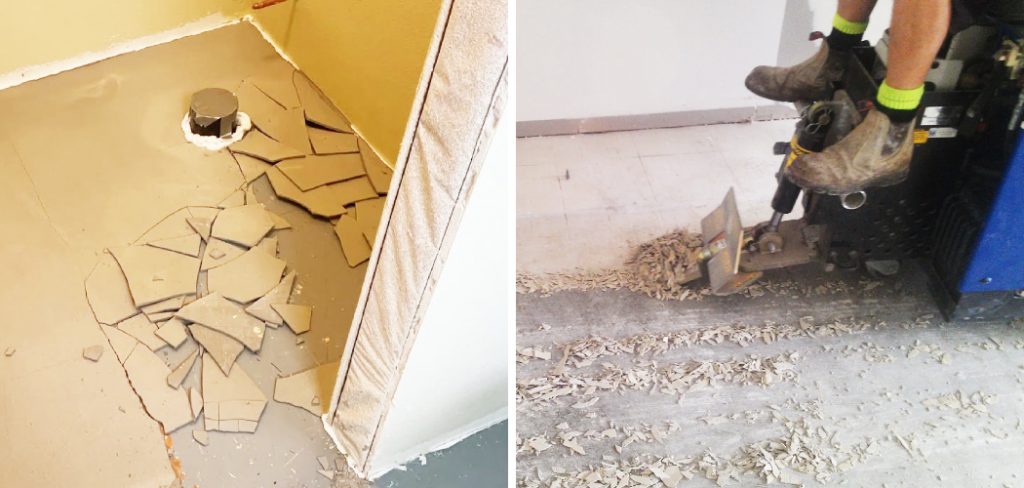
In this comprehensive guide, we’ll walk you through the steps and techniques of how to remove floor leveler, providing insights into the tools, materials, and precautions necessary for a smooth removal process. Armed with this knowledge, you’ll be prepared to tackle this task and achieve a pristine, well-prepared subfloor for your next flooring project.
Importance of Proper Removal Techniques
Floor leveling is a crucial step in any flooring project as it ensures the smooth and even surface for the installation of new flooring. However, there may come a time when you need to remove floor leveler from your existing floor.
This could be due to various reasons such as incorrect application, damage to the floor, or if you simply want to change the type of flooring. Whatever the reason may be, it is important to use proper removal techniques to ensure a successful and efficient process.
Improper removal of floor leveler can result in damage to the subfloor, which can lead to costly repairs or even replacement. It can also create uneven surfaces that can affect the installation of new flooring. Therefore, it is crucial to understand the importance of using correct removal techniques to avoid any potential issues.
Ensuring Good Ventilation in the Workspace
One important aspect to consider when removing floor leveler is the ventilation in your workspace. This may not seem like a crucial step, but it is essential for health and safety reasons.
When working with floor leveler, there are certain chemicals and fumes that can be harmful if inhaled for extended periods of time. These substances can cause irritation to the eyes, nose, and throat, as well as headaches, dizziness, and even respiratory issues.
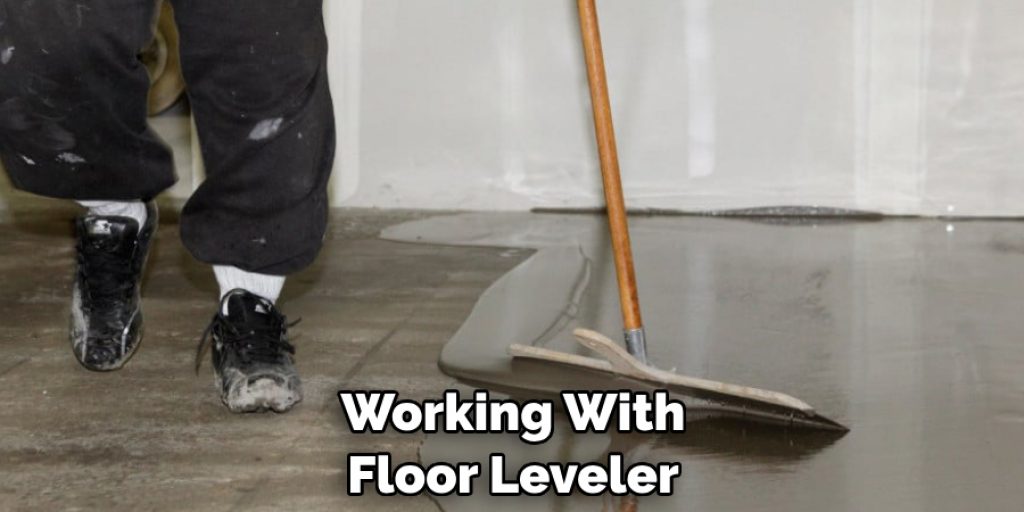
To avoid these potential health hazards, it is important to have proper ventilation in the workspace. This can be achieved by opening windows or doors to allow for fresh air flow or using fans to circulate the air. If possible, it’s also recommended to work in a well-ventilated area, such as a garage or outdoor space.
Additionally, it’s important to wear protective gear, such as a mask and gloves, when removing floor leveler to minimize the risk of exposure to harmful chemicals. It’s also recommended to take regular breaks and step outside for fresh air if working in an enclosed space.
10 Methods How to Remove Floor Leveler
1. Using a Scraper
Using a scraper is one of the quickest and easiest ways to remove the floor leveler. A scraper can be used to scrape off any excess leveler that has been applied to the floor. It is important to use caution when using a scraper, as it can easily scratch or damage the surface of the floor if not used properly.
2. Using an Electric Sander
An electric sander can also be used to remove the floor leveler. An orbital sander works by sanding away any excess leveler that has been applied to the floor. This method is more time-consuming than using a scraper, but it is effective at removing all traces of leveler from the surface of the floor. However, it is important to be careful when using an electric sander, as it can also damage the floor if not used correctly.
3. Using a Chemical Stripper
A chemical stripper can also be used to remove floor leveler from concrete floors. Chemical strippers are designed to break down the bonds between the leveler and the concrete, allowing for easy removal of any excess material. It is important to use caution when using chemical strippers, as they can cause damage if not used properly.
4. Using a Floor Grinder
A floor grinder is another option for removing floor levelers from concrete floors. A floor grinder works by grinding away any excess material that has been applied to the surface of the floor, leaving behind a smooth finish that is ready for new levelers or other materials such as paint or sealant.
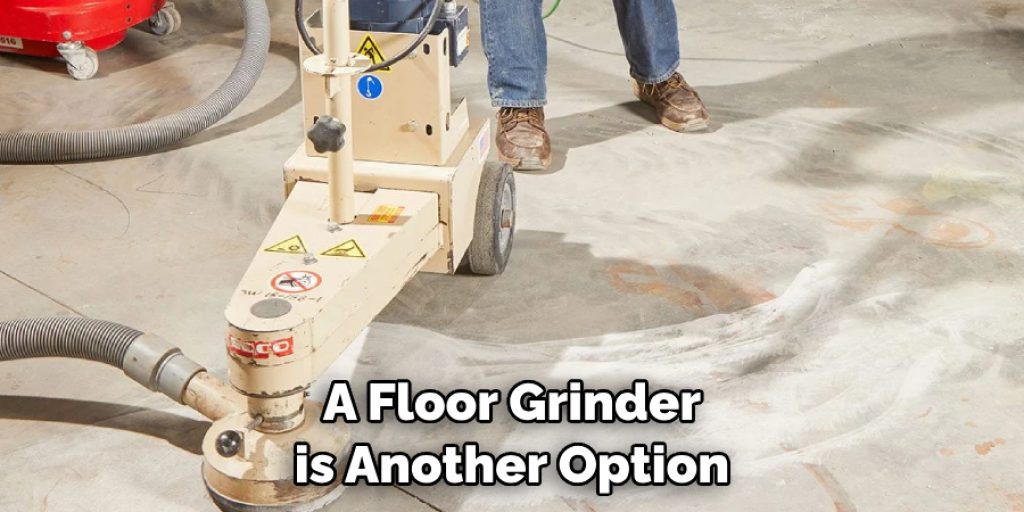
This method may take longer than some other methods, but it will ensure that all traces of the leveler have been removed from the surface of the floor before applying new materials.
5. Using an Acid Wash
An acid wash can also be used to remove floor levelers from concrete floors. An acid wash works by breaking down any bonds between the leveler and the concrete, allowing for easy removal of any excess material left behind on the surface of the floor after scraping or sanding with an electric sander or grinder.
It is important to use caution when using an acid wash, as it can cause damage if not used properly or in too concentrated amounts on certain types of surfaces such as marble or granite countertops and tile floors.
6. Using Heat
Heat can also be used to remove floor levelers from concrete floors in certain situations where other methods may not work effectively enough or quickly enough for your needs. Heat works by melting away any excess material that has been applied onto your concrete floors, leaving behind a smooth finish that is ready for new materials such as paint or sealant.
However, this method should only be used in extreme cases where other methods have not worked effectively enough due to large amounts of buildup on your floors. Additionally, you should always use caution when using heat on your floors as it can cause damage if not done properly.
7. Using Steam Cleaners
Steam cleaners are another option for removing stubborn levels of buildup on your floors caused by excessive amounts of floor-leveling material. Steam cleaners work by applying hot steam onto your floors which melts away any excess material left behind after scraping or sanding with an electric sander or grinder.
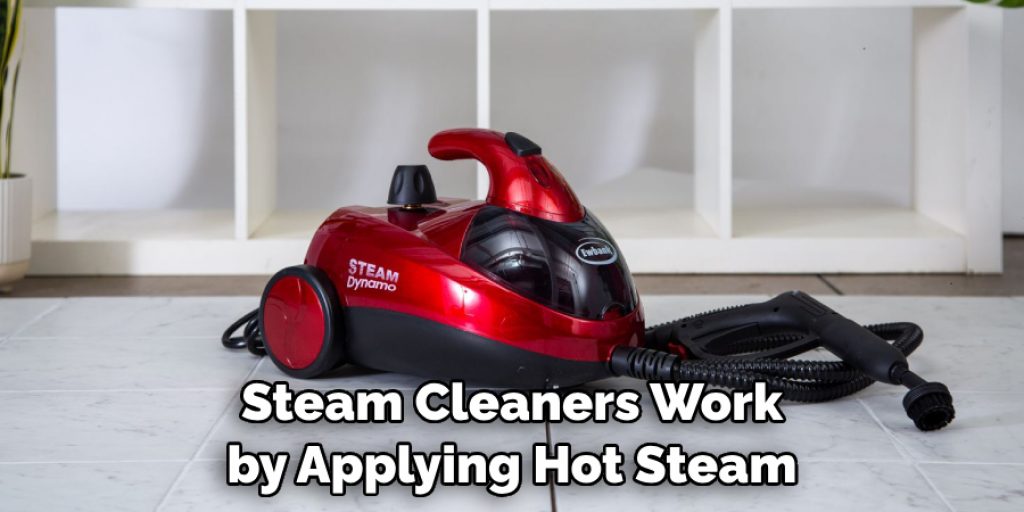
The steam cleaner should then be followed up with a vacuum cleaner in order to pick up any remaining particles left behind after steaming your floors. Additionally, steam cleaners are very effective at cleaning and sanitizing your hardwood and tile surfaces which makes them ideal for use in areas such as kitchens and bathrooms where hygiene levels need to remain high.
8. Applying Mineral Spirits
Mineral spirits are another option for removing stubborn levels of buildup on your concrete floors caused by excessive amounts of leveling material. Mineral spirits work by breaking down any bonds between cement particles and dirt particles which allows them both to be easily removed with either a mop or vacuum cleaner afterwards.
Additionally, mineral spirits are very effective at cleaning and sanitizing hardwood and tile surfaces which makes them ideal for use in areas such as kitchens and bathrooms where hygiene levels need to remain high.
9. Applying Paint Thinner
Paint thinner can also be used in order to remove stubborn levels of buildup on your concrete floors caused by excessive amounts of leveling material. Paint thinner works by breaking down any bonds between cement particles and dirt particles which allows them both to be easily removed with either a mop or vacuum cleaner afterwards.
Additionally, paint thinner is very effective at cleaning and sanitizing hardwood and tile surfaces which makes them ideal for use in areas such as kitchens and bathrooms where hygiene levels need to remain high.
10. Applying Solvents
Solvents are another option for removing stubborn levels of buildup on your concrete floors caused by excessive amounts of leveling material. Solvents work by breaking down bonds between cement particles and dirt particles which allows them both to be easily removed with either a mop or vacuum cleaner afterwards.
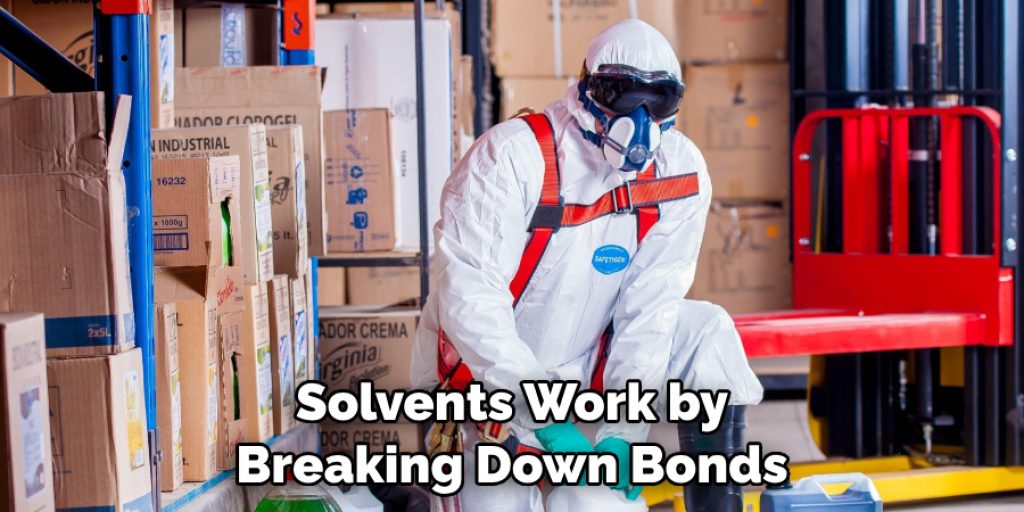
Additionally, solvents are very effective at cleaning and sanitizing hardwood and tile surfaces which makes them ideal for use in areas such as kitchens and bathrooms where hygiene levels need to remain high.
Things to Consider When Removing Floor Leveler
Floor leveler is a type of cement-based product used to smooth out uneven floors or subfloors before installing new flooring. While this material can be incredibly useful in preparing the surface for other types of flooring, it may also need to be removed at some point.
1. Type of Floor Leveler
Before starting the removal process, it is essential to know what type of floor leveler was used. There are several variations available in the market such as cement-based, latex-based, and gypsum-based floor leveler.
2. Time Since Application
The longer the floor leveler has been in place, the harder it will be to remove. If possible, try to find out how long ago the floor leveler was applied before attempting to remove it. This information will give you an idea of how challenging the removal process will be.
3. Tools and Equipment
Removing floor leveler can be a labor-intensive and time-consuming task, so having the right tools is crucial. Some essential tools for this job may include a heavy-duty scraper, chisel, hammer, grinder, and dust mask.
4. Protective Gear
As with any renovation project, it is essential to prioritize safety when removing floor leveler. This material can produce harmful dust particles that can irritate your skin and lungs. Make sure to wear protective gear such as gloves, eye protection, and a dust mask to avoid any potential health hazards.
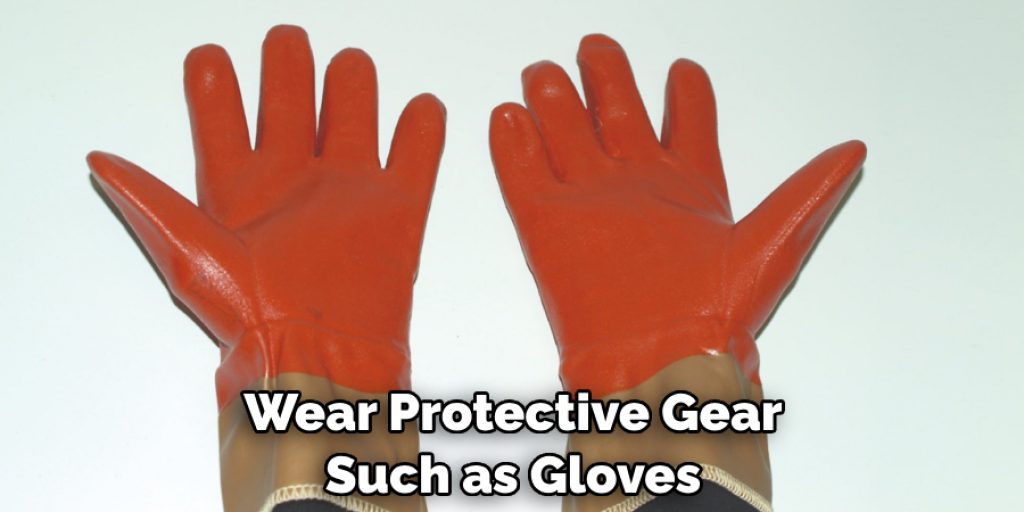
Conclusion
In conclusion, removing the floor leveler is easy when you have the right materials and steps. All you need is a chisel, a power drill, a paint stripper, rags, and a variety of other tools. Furthermore, make sure to vacuum up all the remains afterward as they can pose potential hazards if the particles enter your air system. If done correctly, this process should take no more than an hour or two depending on how much area needs to be covered.
It is of great importance that if you are ever in doubt about any part of the process you call in a professional supported by high-quality advice and safety equipment – taking shortcuts puts yourself and others at risk, don’t take those chances! We hope that this knowledge can help you decide how to remove floor leveler from your home for good.

